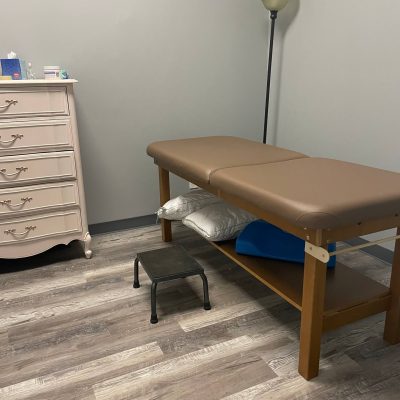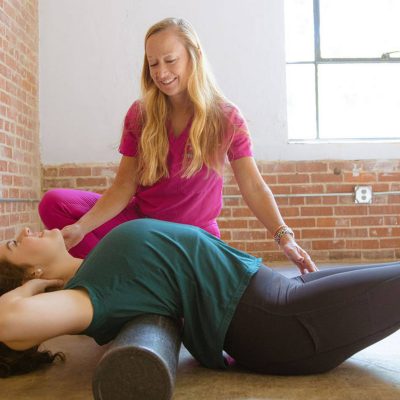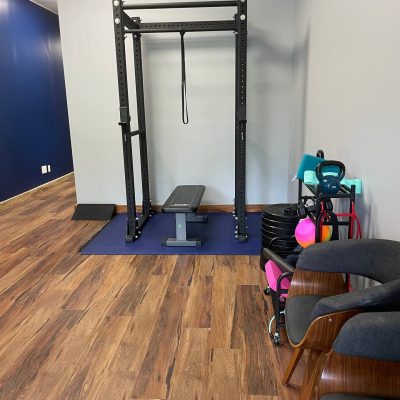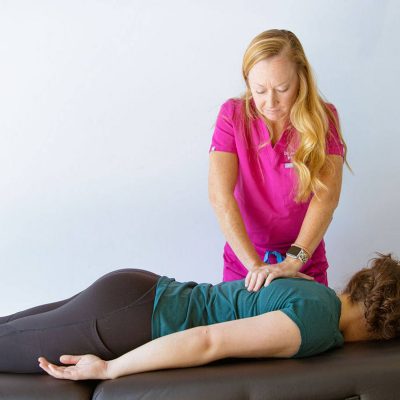For male athletes, maintaining peak physical condition is essential for optimal performance. While much attention is given to strengthening core muscles, building endurance, and preventing injuries, one crucial area often overlooked is pelvic floor health. The pelvic floor muscles play a vital role in supporting the bladder and bowel, maintaining continence, and contributing to core stability. Understanding the importance of these muscles and how to care for them can help male athletes enhance their performance and prevent potential issues.
The pelvic floor is a group of muscles that form a hammock-like structure at the base of the pelvis. These muscles support the pelvic organs, including the bladder and rectum, and are integral to functions such as urination, bowel movements, and sexual performance. For athletes, a strong and well-functioning pelvic floor contributes to overall core stability, which is crucial for balance, agility, and power during sports activities.
Intense physical activity, heavy lifting, and high-impact sports can place significant strain on the pelvic floor muscles. This strain can lead to various issues, including urinary incontinence, pelvic pain, and even sexual dysfunction. For example, long-distance runners might experience repetitive impact on the pelvic floor, while weightlifters may exert excessive pressure during heavy lifts, both of which can weaken or damage these muscles over time.
Preventing and Addressing Pelvic Floor Dysfunction
1. Core Strengthening Exercises: Male athletes need to build awareness of their pelvic floor muscles to effectively incorporate pelvic floor exercises into their core and functional strengthening routines. The pelvic floor is a crucial component of the core, providing stability, support, and control necessary for optimal athletic performance. By understanding and engaging these muscles, athletes can enhance their overall core strength, which is fundamental for balance, power, and injury prevention. Pelvic floor exercises can be seamlessly integrated into existing training regimens, complementing activities that target the abdominals, back, and hip muscles. This holistic approach not only improves core stability but also helps in managing intra-abdominal pressure during high-intensity activities, reducing the risk of pelvic floor dysfunction. Awareness and training of the pelvic floor can lead to better performance, reduced injury risk, and enhanced long-term athletic health.
2. Proper Lifting Techniques: When lifting heavy weights, it is essential to focus on using correct techniques to avoid unnecessary strain on the pelvic floor. This involves maintaining proper posture, engaging the core muscles, and ensuring the spine is in a neutral position. Engaging your core involves tightening the abdominal muscles and coordinating with the pelvic floor to create a stable and supportive base. Avoiding the common habit of holding your breath, known as the Valsalva maneuver, is crucial, as this can significantly increase intra-abdominal pressure, putting excessive stress on the pelvic floor muscles and potentially leading to dysfunction or injury. Instead, practice controlled breathing techniques, such as exhaling during the exertion phase of the lift, to help manage pressure and maintain stability. Additionally, it’s important to lift within your capacity and avoid overloading, which can compromise form and increase the risk of injury. Proper technique not only protects the pelvic floor but also enhances overall performance and reduces the likelihood of injuries in other parts of the body. By prioritizing these practices, weightlifters can ensure they are building strength safely and effectively.
3. Stay Hydrated and Maintain a Healthy Diet: Proper hydration and a balanced diet rich in fiber can prevent constipation and reduce strain during bowel movements, indirectly benefiting pelvic floor health. Aim to drink at least half your body weight in ounces of water daily and include plenty of whole grains, fruits, and vegetables in your diet. Males ideally need to aim for 30-35 grams of fiber per day.
4. Avoid Prolonged Sitting: Prolonged sitting is often a predisposing factor for male pelvic pain. Prolonged sitting contributes to male pelvic floor dysfunction due to the constant pressure it places on the pelvic region and the lack of muscle engagement. When sitting for extended periods, the weight of the upper body is concentrated on the pelvic floor muscles, leading to compression and reduced blood flow. This can weaken the muscles over time, making them less effective at supporting the bladder and bowel. Additionally, prolonged sitting often results in poor posture, which can exacerbate pelvic floor strain by causing misalignment and uneven pressure distribution. The lack of movement and muscle activation can also lead to tightness and decreased flexibility in the pelvic area. Combined, these factors can contribute to issues such as urinary incontinence, pelvic pain, and sexual dysfunction. Regular movement, proper posture, and exercises that engage and strengthen the pelvic floor can help mitigate these risks.
5. Seek Professional Guidance: If you experience symptoms of pelvic floor dysfunction, such as incontinence or pain, consult a healthcare professional or a pelvic floor therapist. They can conduct a thorough assessment and provide targeted treatments to address your specific needs.
Pelvic floor therapists are specially trained to evaluate and treat conditions related to the pelvic floor muscles. Through a combination of manual therapy, exercises, and education, they can help male athletes improve their pelvic floor function, alleviate symptoms, and enhance overall athletic performance. Regular sessions with a pelvic floor therapist can be particularly beneficial for addressing issues early and preventing long-term complications.
For male athletes, maintaining pelvic floor health is as important as any other aspect of physical fitness. By incorporating specific exercises, practicing proper techniques, and seeking professional guidance when needed, athletes can protect their pelvic floor muscles, enhance their athletic performance, and enjoy a healthier, more active lifestyle. Don’t overlook the importance of this vital muscle group—take proactive steps today to ensure your pelvic floor remains strong and functional.







